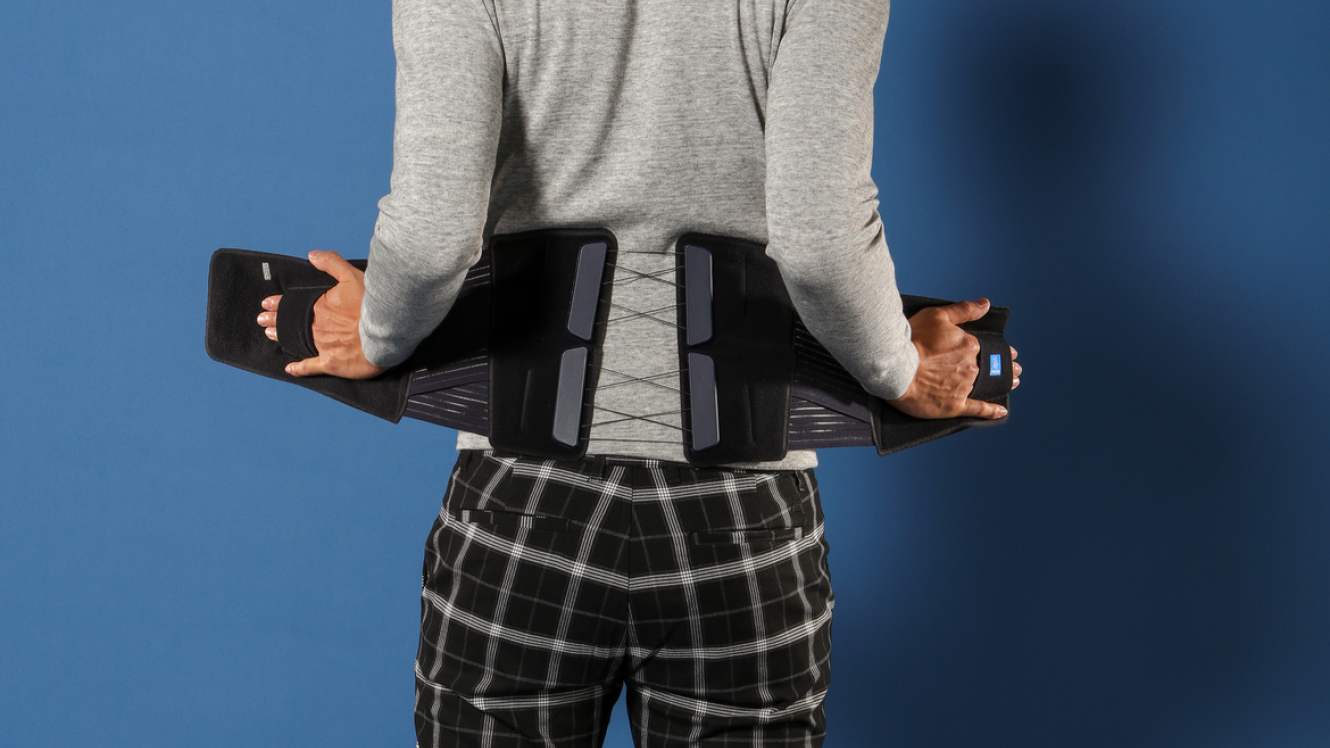Spinal deviations
From the cervical vertebrae to the lumbar vertebrae, the normal curvature of the spine can be deviated. Scoliosis, hyperkyphosis or hyperlordosis can be present from birth or develop following a disease. But much more often, they develop without any known cause during growth.

- Scoliosis is a deviation of the spinal column in three spatial planes, more visible from the side: the back is “twisted”, sometimes with a hump on one side. Scoliosis can affect the capacity to breathe deeply but does not cause pain. It affects 2 to 4% of children and teenagers, and is four times more common in girls than boys. In adulthood, scoliosis tends to gradually worsen and can promote chronic low back pain.
- Hyperkyphosis is a deformity of the spine in which the top of the back is rounded outwards causing the appearance of a round back. Scheuermann's kyphosis - the cause of which is unknown but probably hereditary - is the most common cause of hyperkyphosis in children and adolescents. It mostly affects tall or obese boys and can ultimately promote the development of herniated discs. It can also develop in adulthood as a result of muscle weakness or the collapse of vertebrae related to ageing.
- Hyperlordosis is an exaggerated curvature of the lumbar spine (hollow back or saddle back) or, more rarely, the cervical spine. It may be accompanied by hyperkyphosis and be promoted by obesity, muscle weakness or pregnancy. Ultimately it can cause arthritis and compression of intervertebral discs.
The solutions to prevent worsening of the condition and complications
When they are simply posture defects in adolescents, spinal deformities can be corrected by sport and a healthy lifestyle. However, “true” deviations can only have their progression controlled. To this end, during growth periods and depending on the severity of the deformity, they require close medical monitoring and, if necessary, the wearing of a corset along with physiotherapy. Surgery to fuse together certain vertebrae (arthrodesis) is sometimes considered.